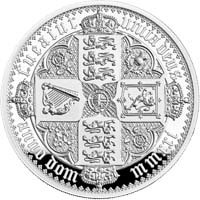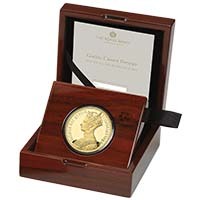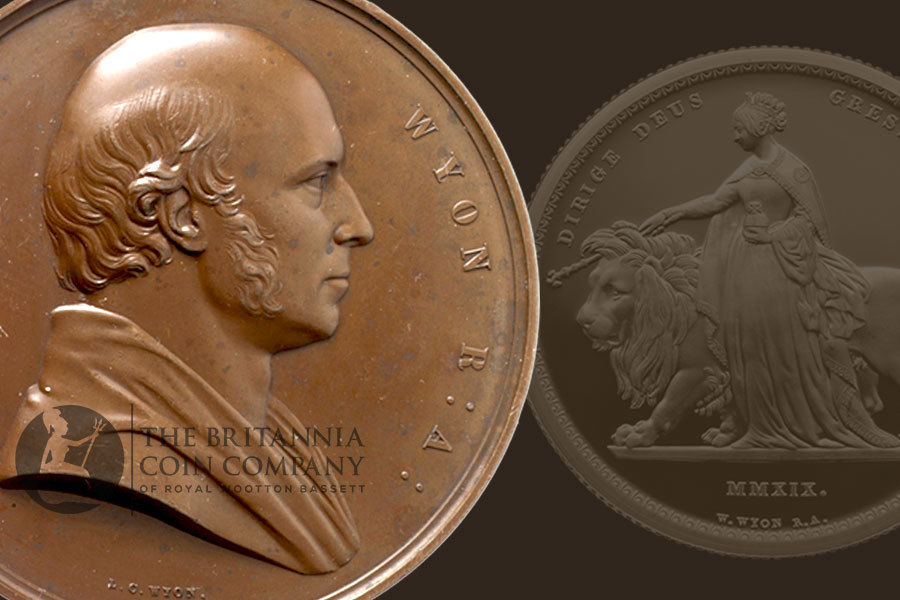
Who was the Great Engraver behind some of the nineteenth-centuries' finest coinage? We're exploring the life and designs of William Wyon, Royal Mint Chief Engraver.
If you're interested in coins, you have likely heard the name William Wyon. A prolific, much-admired designer, he tops many lists of collector's favourite engravers. But what makes him a Great Engraver? And why did The Royal Mint reissue one of his most sought after coins? Read on for a deep dive into the life and designs of this fascinating nineteenth-century Chief Engraver.
The Great Engravers Collection
In 2019 the Royal Mint launched a new special collection called Great Engravers, celebrating the greatest artists to have worked on British coinage. Issued in various denominations, the first coin featured William Wyon's famed 'Una and the Lion'. Initially produced in 1839, this ground-breaking design was remastered using cutting-edge, twenty-first century technology.
While we wait for the next instalment in what is sure to be a landmark series, we're exploring some of the notable engravers and designers associated with the Royal Mint. First up is William Wyon, Chief Engraver at the Royal Mint from 1828 until his death in 1851.
The image you see in at the top of our article includes an Effigy of William Wyon on a medal engraved by his son, Leonard Charles Wyon, 1854. The original wax model in tinted wax on slate is in the Fitzwilliam Museum, Cambridge. From the collection of the Metropolitan Museum of Art (2001.217.8).
A Family of Craftsmen
William Wyon was born in Birmingham in 1795 into a family of medallists and engravers. At the age of 14 he became apprenticed to his father, Peter Wyon, who was a die engraver at Matthew Boulton's Soho Mint. Surrounded by ground-breaking, steam-driven coining machinery, the young William gained first-hand experience of the technology that would change the minting process forever. He learnt his trade in the West Midlands as the Industrial Revolution picked up pace.
William's uncle, Thomas Wyon Senior, as well as his cousin, Thomas Junior, were both employed by the Royal Mint. In 1816, Thomas Junior was made Chief Engraver and William, by then living in London, entered a competition for the post of Second Engraver. His entry, a bust of King George III, was initially rejected. The Master of the Mint, William Wellesley-Pole, refused to employ more of the Wyon family. Luckily, the competition was judged by the artist Sir Thomas Lawrence, not Wellesley-Pole, and William's design was crowned the winner.
The Three Graces
William's career at the Royal Mint began in the aftermath of the Battle of Waterloo and the effective end of the Napoleonic Wars. While the national mood was joyous, decades of war had led to economic instability. To tackle this, the British government sought to stabilise the currency. The first step in this process became known as the Great Recoinage of 1816.
In 1817 a competition was launched to provide the design for the new coins. The eventual winner would be the Italian engraver Benedetto Pistrucci and his now famous image of St George and the Dragon. William also entered and, though not chosen, his design would become a highly valued collector's item as only around 50 were struck.
Known as the 'Three Graces' pattern, William's charming reverse design features three idealised female figures. At their feet rest a harp, the official emblem of Ireland, a Scottish thistle and a shield, bearing the Union Jack. The engraving celebrates harmony between the constituent parts of the United Kingdom of Great Britain and Ireland, as was. This skilful, symbolic work demonstrates William’s creative genius and fine eye for detail.
The Battle to be Chief Engraver
The same year as William engraved the 'Three Graces', his cousin, Thomas Junior, died at the age of just 25. As Second Engraver, William might have expected promotion, especially considering the pressures on the Royal Mint caused by the recoingage programme. Instead, the post was left vacant and the responsibilities, salary and prestige were conferred upon Benedetto Pistrucci whose designs had recently been chosen over William's. The Italian gem-engraver and medallist had recently arrived in London and was soon modelling portraits of George III for the new coinage.
Over the next decade a rivalry persisted between William and Pistrucci, played out via their respective supporters in the London newspapers. Despite Pistrucci's appeals, the law prevented a foreigner from being formally appointed Chief Engraver and, while he produced numerous notable designs, his temper often made things difficult at the Mint. In 1828 the then Master of the Mint, George Tierney, effected an end to this long-standing conflict. Pistrucci was made Chief Medallist and William was finally appointed to the premier position of Chief Engraver.
A Royal Favourite
During his early career at the Royal Mint, William executed dies for coinage issued by several British monarchs, including George III, George IV and William IV. He achieved prominence, however, through his portraits of Queen Victoria. She first sat for him in 1834 as a young princess and it was William's effigy of the newly crowned Queen that found its way into circulation in 1838.
This first issue featured what is known, familiarly, as the 'Young Head'. It was a flattering depiction and so admired by the Queen that it remained in use on British and colonial coinage until 1887, long after it ceased to be an accurate portrayal. William's initials, 'WW' appear on the truncation of Victoria's neck.
William rendered further portraits in 1847 – the 'Gothic Crown' – and 1849, the latter used for newly introduced florins or two-shilling coins. These new coins represented the first move towards the decimalisation of British currency since they were valued at one-tenth of a pound. The coin was controversial, but not because of William's excellently balanced, crowned effigy.
Una and the Lion
Through his tenure at the Royal Mint, William did much to elevate the art of coinage at to encourage artistic awareness in the general public. Among the most celebrated of his original, finely-wrought designs is his 'Una and the Lion' which appeared on the five-pound piece of 1839, opposite the 'Young Head' portrait.
William's engraving depicted the young Victoria as Lady Una, a character from Edmund Spencer's lengthy, allegorical poem, 'The Faerie Queen', first published in 1590. The Queen, as Una, carries an orb and sceptre and guides the lion, her guardian, representing the strength of the British Empire. The decision to feature a living monarch as a fictional character was bold and controversial at the time, but the result was one of the most beautiful coins ever produced.
The 1839 coin was probably intended only for collectors so just a few hundred were minted, and even that small number carried several variations. These coins are now extremely rare and, when they do come to the market, auctions have cost their new owners more than £500,000. In 2019, the Royal Mint remastered and reissued 'Una and the Lion' as the first coin in their new 'Great Engravers' limited collection, honouring William's remarkable design.
Stamps and More
Known for his productivity, William was the engraver behind at least 43 different coins issued in England, as well as many more for British colonies including Jersey, the West Indies, Gibraltar, Malta, Hong Kong, British India, New Grenada, Mauritius, the Ionian Islands, Ireland, New Brunswick, Penang and Ceylon. However, his artistic influence is broader than his prodigious coinage output.
In 1837, he crafted a medal to commemorate the newly crowned Queen Victoria's visit to the City of London. His portrait for this medal, similar to the 'Young Head' but wearing a diadem, became the basis for the silhouette featured on the world's first adhesive postage stamps: the Penny Black, first issued in 1840. This effigy was used on British stamps until Victoria's death in 1901.
William also made significant contributions as a medallist. He designed the Naval General Service Medal (1840) and the Candahar, Ghuznee, Cabul Medal (1842), both issued to tens of thousands of servicemen. He was also responsible for the William IV coronation medal and a various medals awarded at the Great Exhibition of 1851, held at Crystal Palace.
Lasting Fame
The consistently high quality of William's work was recognised with associate and later full membership of the Royal Academy of Arts. He was also the subject of a very complimentary memoir by Nicholas Carlisle that was privately issued during William's lifetime. His neoclassical style and the energy, realism and sensitivity of is engravings set him apart, then and today. This makes his designs, particularly the very limited issues like 'Una and the Lion' and the 'Three Graces', much sought after by collectors and capable of commanding record-breaking prices when they come to sale. However, his prodigious output means that his currency is a mainstay in many collections.
William's unremitting work ethic may have ultimately led to his death in October 1851. Upon hearing of his death, Queen Victoria, his perennial subject, wrote in her diary:
'I grieve to say that the excellent, talented man, Mr Wyon, who modelled the medals, is no longer alive. He was medallist to the Mint and will be a serious loss.'
More than 170 years since his death, we credit William as the Great Engraver behind some of the most memorable numismatic masterpieces ever produced. His tradition of excellence was carried on by his eldest son, Leonard Charles Wyon, also a notable engraver.
Frequently Asked Questions
A Great Engraver is a renowned artist who designed and engraved coinage for the Royal Mint. These creatives may have trained as sculptors or medallists but strived to develop the unique skills associated with coin design. They may have held the title 'Chief Engraver' or other prestigious Royal Mint appointments and were well known in their time for their work.
Becoming a Great Engraver demands an unusual skillset. First, they would need to be a distinguished sculptor, but comfortable producing tiny masterpieces rather than life-sized statues. A master of their medium, the Great Engraver could account for how the minting process affects their design. Lastly, they would also need to be a student of politics. Understanding national symbols and keeping on the good side of monarchs by producing flattering effigies was all part of the job.
The first coin in this landmark series was 'Una and the Lion', first struck in the 1830s. The Royal Mint decided to stick with authenticity and recreated the remarkable piece using the original die, produced by William Wyon. The die was remastered to remove any historical blemishes and the proof finish itself was adjusted so that the 2019 coin image would be an exact counterpart of the original 1839 masterpiece. It is likely further coins in the series will use similar technology.
'Una and the Lion', the first in the series, was issued in six denominations: a £5000 Gold Proof 5 kilo coin, a £2000 Gold Proof 2 oz coin, a £1000 Gold Proof kilo coin, a £500 Gold Proof 5oz coin, a £200 Gold Proof 2oz coin and a £5 Silver Proof 2oz coin. The higher value coins sold out within minutes of launch and the price tripled overnight. It is likely the same denominations will be released for future coins in the series. We also expect demand to be extremely high.
Only one coin in the Great Engravers collection has been released so far. This is a reproduction of William Wyon's 'Una and the Lion'. All denominations were released in limited quantities and the Royal Mint sold out very quickly. As they are rather rare, they demand a premium price on the open market. However, scarce coins can appreciate in price considerably over a period of time and can make very good investments. Check our product listing regularly for news of new releases and examples coming to the market.
William Wyon was a prolific nineteenth-century engraver, well-loved for his finely-wrought, neoclassical designs. He was employed by the Royal Mint from 1816 as Second Engraver before becoming Chief Engraver in 1828. During his long career he executed dies for many notable coins, including the 'Young Head' effigy of Queen Victoria as well as the much sought after but very scarce 'Una and the Lion' five pound and the unused 'Three Graces' pattern.
The Royal Mint Great Engravers collection is a new special release, featuring the work of the Mint's greatest artists. Centuries old designs have been restored, remastered and reproduced for a limited reissue in various denominations. The first coin in the series, released in November 2019, featured Royal Mint Chief Engraver William Wyon's famed 'Una and the Lion'. This beautiful piece sold out immediately and quickly increased in value. Future additions to the series are eagerly anticipated.
William Wyon came from a family of talented engravers, developing his craft under his father, uncle and cousin, first at Soho Mint in Birmingham and later at the Royal Mint. His career with the Royal Mint spanned from 1816 until his death, with a prodigious and very well-regarded output during that time. His notable designs include the first portrait of Queen Victoria used on coins as well as reverses prized by collectors including 'Una and the Lion'. He is renowned as a Great Engraver for his beautiful engravings, dedication to his craft and the collectability of his works.


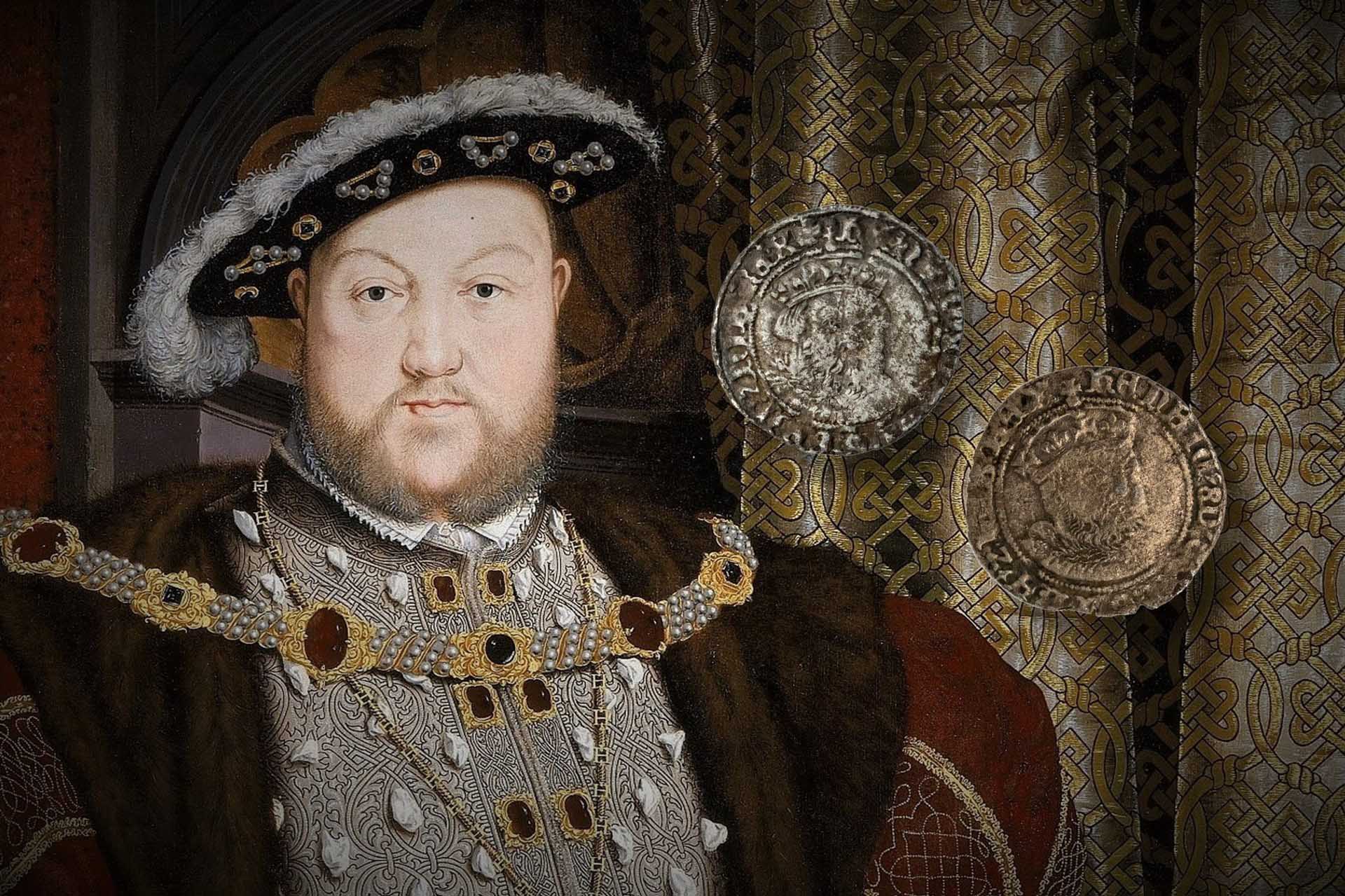
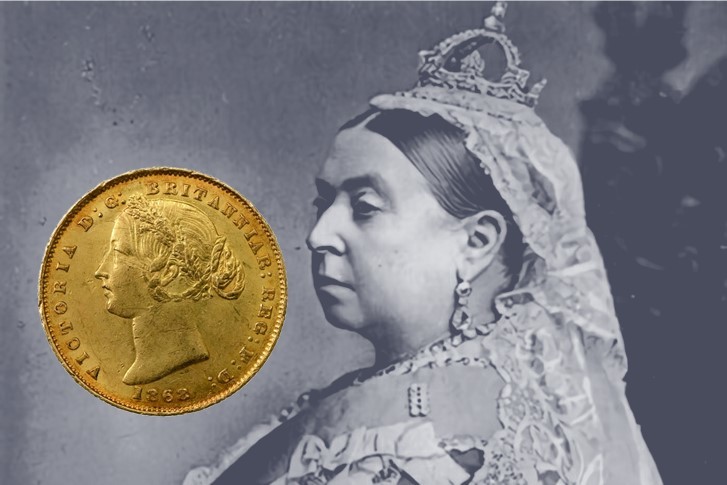
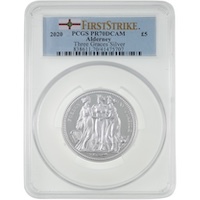
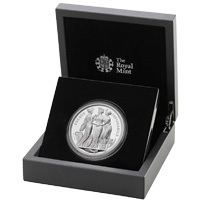
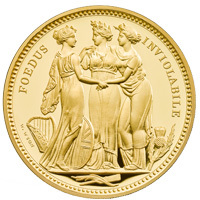
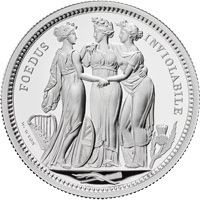
.jpg)
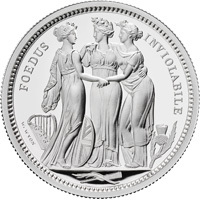

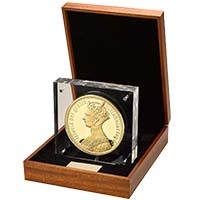
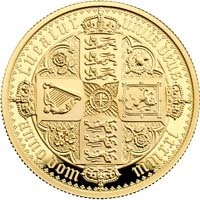


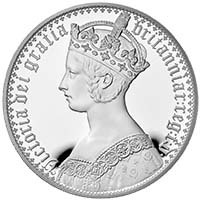
.jpg)
.jpg)
.jpg)

.jpg)
.jpg)

.jpg)
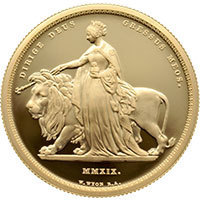
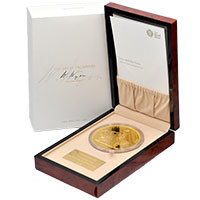
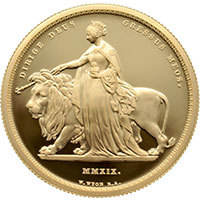
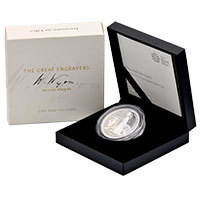
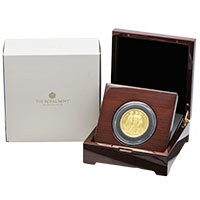

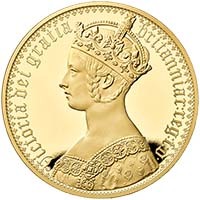

.jpg)
